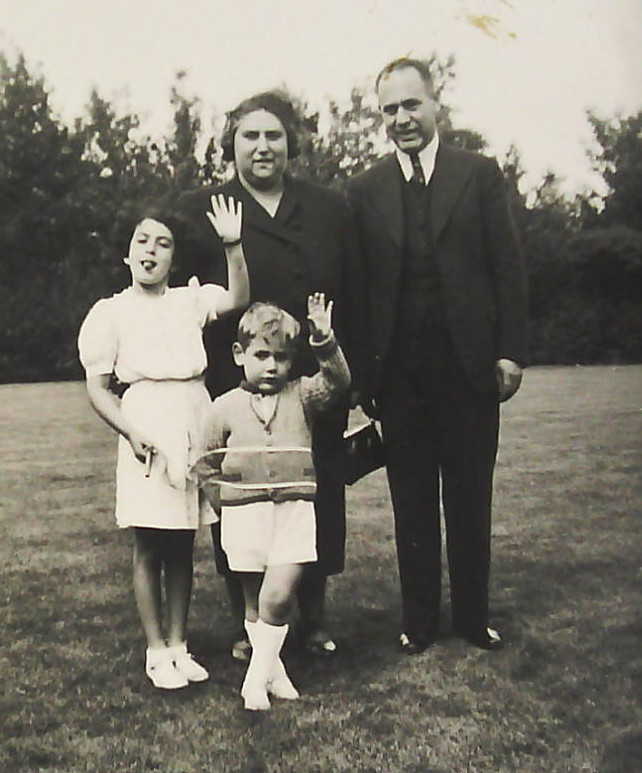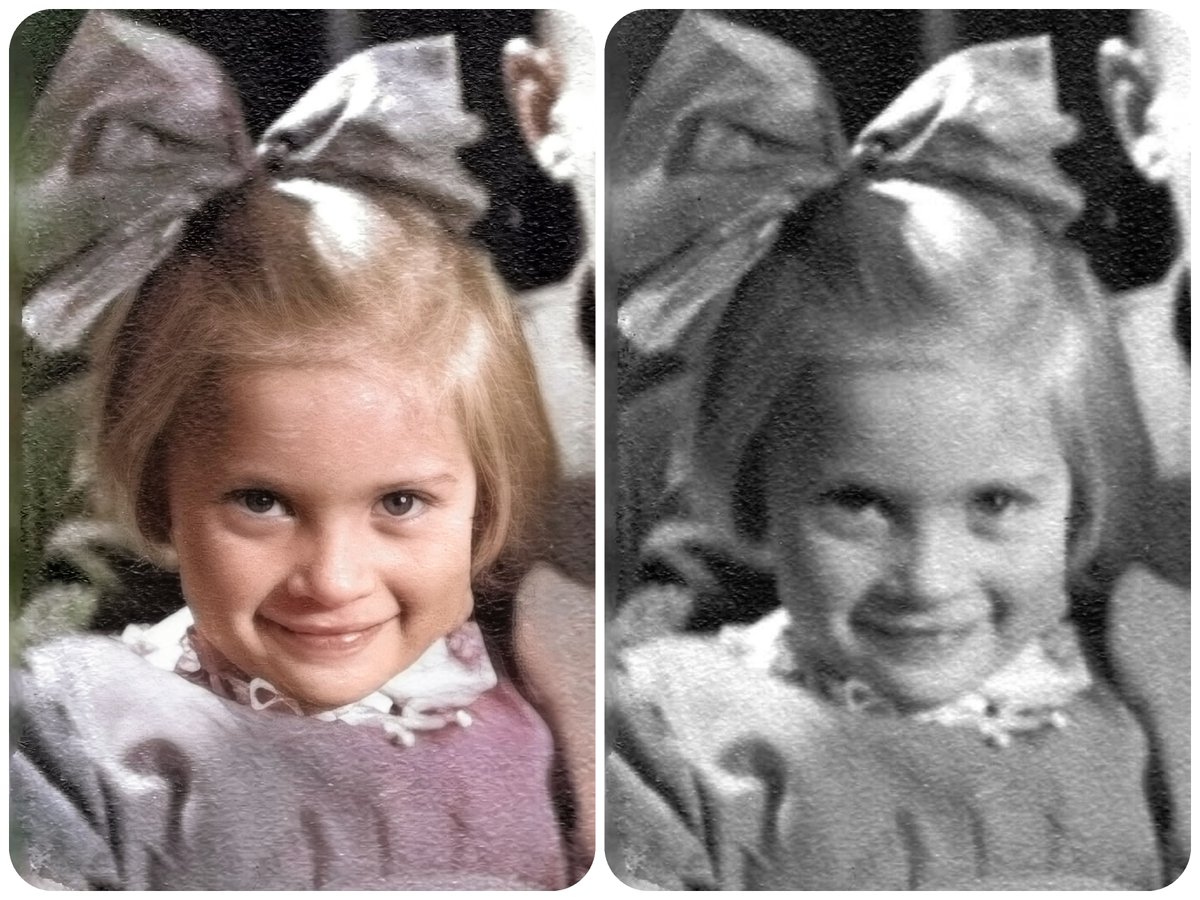
(1/6) On 18-04-1925 Helmut Herz, a carpenter, was born. He was the son of Otto, born 24-03-1898 and Paula Rebecka nee Stern, born 30-11-1899.
Helmut had 3 siblings.
Renate Jenny Regine, born 03-02-1930 and the twins Samuel Paul Albert and Ursula Emma Hermine, born 21-02-1933.



Helmut had 3 siblings.
Renate Jenny Regine, born 03-02-1930 and the twins Samuel Paul Albert and Ursula Emma Hermine, born 21-02-1933.




(2/6) The family lived in Schmallenberg, Germany. That's were all the children were also born. They moved to the Netherlands in 1938. Probably to escape fascism.
In Schmallenberg stolpersteine have been placed where they used to live.
In the Netherlands they lived in Dinxperlo.

In Schmallenberg stolpersteine have been placed where they used to live.
In the Netherlands they lived in Dinxperlo.


(3/6) Dinxperlo is located on the border with Germany. Together with the German town of Suderwick, it forms a continuous settlement (twin village) through which the border runs.
In the mid 30's many Jewish refugees entered the Netherlands via this border.

In the mid 30's many Jewish refugees entered the Netherlands via this border.


(4/6) The mayor of Dinxperlo, H.J. Verbeek was deeply concerned with the fate of the Jews and helped many into the Netherlands. Some stayed in Dinxperlo and some moved on.
But on 30-04-1939, the NSB (Dutch fascist party) arranged that he was dishonorably removed from office.😠
But on 30-04-1939, the NSB (Dutch fascist party) arranged that he was dishonorably removed from office.😠

(5/6) The Herz family were one of the families helped by mayor Verbeek.
The family were probably in #Westerbork from 13-05-1943 and were in one of the 3 penal barracks.
Most people in these barracks were placed there because they were in hiding.

The family were probably in #Westerbork from 13-05-1943 and were in one of the 3 penal barracks.
Most people in these barracks were placed there because they were in hiding.


(6/6) They were deported to #Sobibor on 18-05-1943 and arrived and were probably killed on 21-05-1943.
In Dinxperlo a monument has been placed for the 43 Jewish men, women and children who did not survive the war.
Herz family, we will remember you! 😢💔🕯️✡️
In Dinxperlo a monument has been placed for the 43 Jewish men, women and children who did not survive the war.
Herz family, we will remember you! 😢💔🕯️✡️

• • •
Missing some Tweet in this thread? You can try to
force a refresh


























